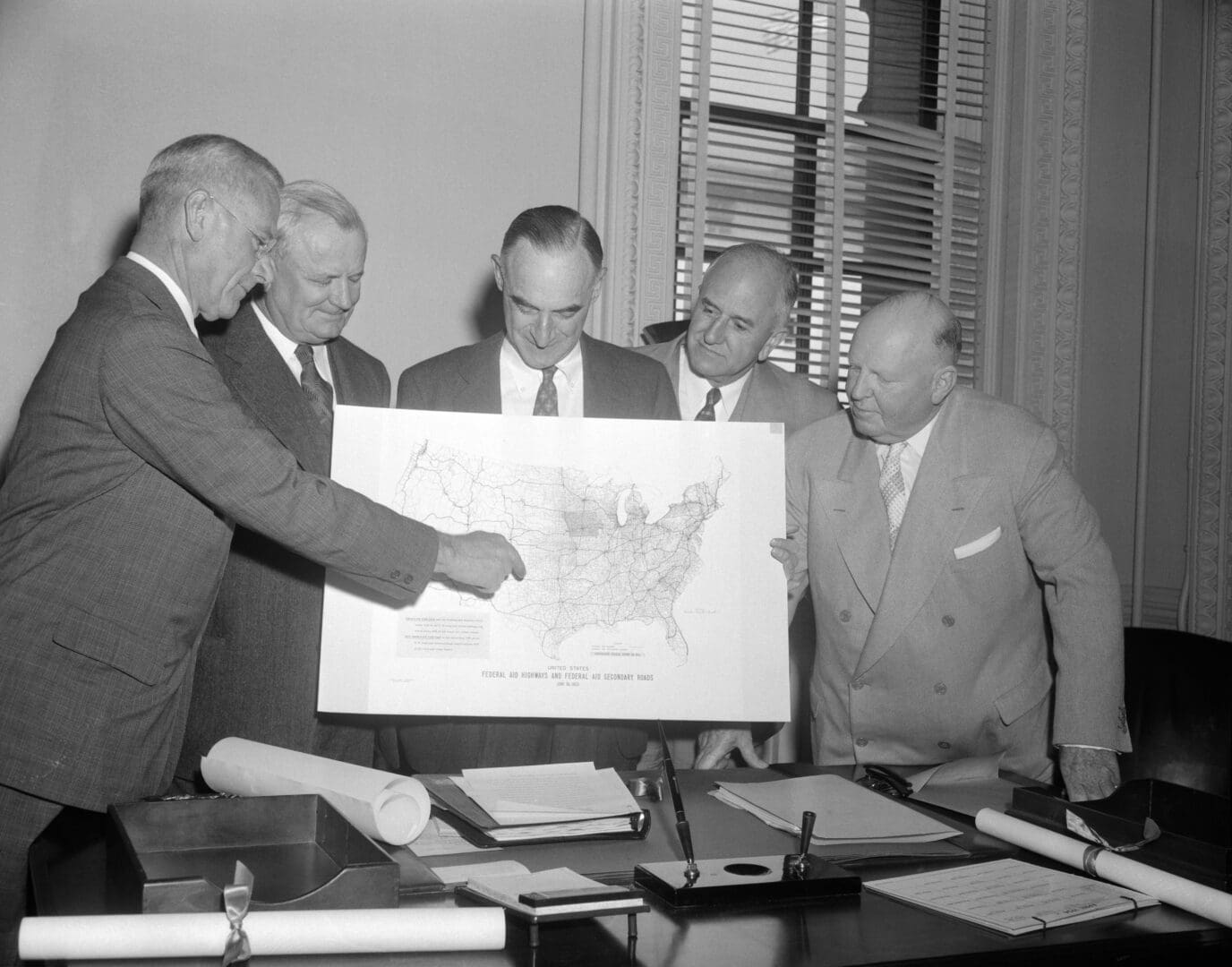
The roads are racist. Well, the roads themselves do not make decisions, but many of our largest roadways are indeed symbols of racial injustice in the United States. The Federal Aid Highway Act of 1956 built out our federal interstate system, but in many instances, these roadways were built directly over the top of poorer (low-income, Black and brown) communities. To facilitate the creation of the interstate system, the government seized homes via eminent domain, and in some neighborhoods, completely cut them off from the rest of the city. Seizing houses removes the ability to build and pass down generational wealth, and sadly, this remains a practice in the USA designed to restrict people in certain areas today. These immense barriers in building generational wealth in Black and brown communities in the United States are directly and intrinsically linked to systems and structures of economic oppression, racism and white supremacy.
Further, separating communities with large blocks of concrete resulted in the growth of segregated areas and the uptick in food deserts — areas deprived of access to fresh or affordable food —resulting in food insecurities, poor and unequal health outcomes, employment discrimination and increased disparities in incarceration rates.
Initially, highways and the interstate system were a welcome creation by many Black people in the United States. The proliferation of highways was seen as a new way to move ‘incognito’ in the Jim Crow South, as opposed to walking around openly and dangerously Black. The interstate system was a step further; now, people could travel quicker and safer through sundown areas. Black travelers did not need to pack their own buckets for bathroom breaks to avoid stopping in dangerous white areas. Black travelers could, in theory, move freely and with fewer fears of violence.
Then the plans came. Under the fallacy of slum removal, the government purposefully targeted Black neighborhoods to build roads. In Minnesota, I-94 displaced one-seventh of the Black population, in an area with a sparse Black contingency, somehow the roads located and removed the few Black residents they could find.
Similar displacements happened in cities across the country like Nashville, TN, Louisville, KY, Pittsburgh, PA, and countless others. This was not just in Black communities either. Many Indigenous, Asian and Latinx communities were uprooted as well.
These deliberate land grabs have far-reaching and devasting impacts. For example, disinvestment and separation of the Black community in Louisville, spurred by the highway system, led to the prolonged deterioration of neighborhoods. And it took until 2023, nearly 150 years for a hospital to be constructed in an area serving tens of thousands of Black residents.
Racial injustice is deeply woven into the fabric of the U.S., and we need to acknowledge all the ways it has seeped into our society. When you look at seemingly innocuous aspects of society like our highway system, you could easily miss how it can be a racial justice issue. But actions—like choosing highway locations—have consequences, and those consequences are not equally felt, and unjustly impact the freedoms and rights of individuals.
The racial injustices we see each day did not start yesterday and will not be solved tomorrow, but we need to understand how we can collectively work to dismantle them.
In the coming months, I will highlight the numerous and increased racial justice issues we face and their integration across all the work we do at Amnesty. From protecting the rights of people to freely exist equally no matter their race to the rise of technology and censorship, we need to uncover racial injustices in our society.
None of it is easy to face, but rarely is something worth doing done easily. Discussing how racial justice is so intricately ingrained into our society is vital, and key to unlocking a greater understanding of how we are all part of the solution. To truly create understanding, we must go beyond the traditional discussion of racial imbalances in the pursuit of equal human rights into a more comprehensive dialogue that is more informed and better aligns with the overall pursuit of human dignity.
Everything, and I do mean everything, has a racial justice component, and as we collectively deconstruct those systemic injustices and connect the dots, something as simple as the roads we drive on will never be viewed the same. It is not only time for us to be transformative in the way we address racial justice in this country, but also imperative that we leave no stone unturned—or no road not traveled—in a quest for a more just society.
Learn about Amnesty International USA’s fight for racial justice.
